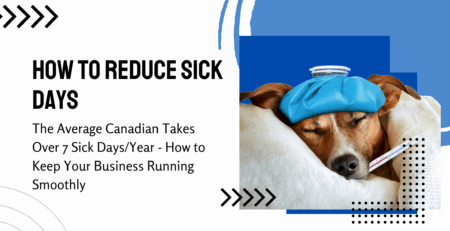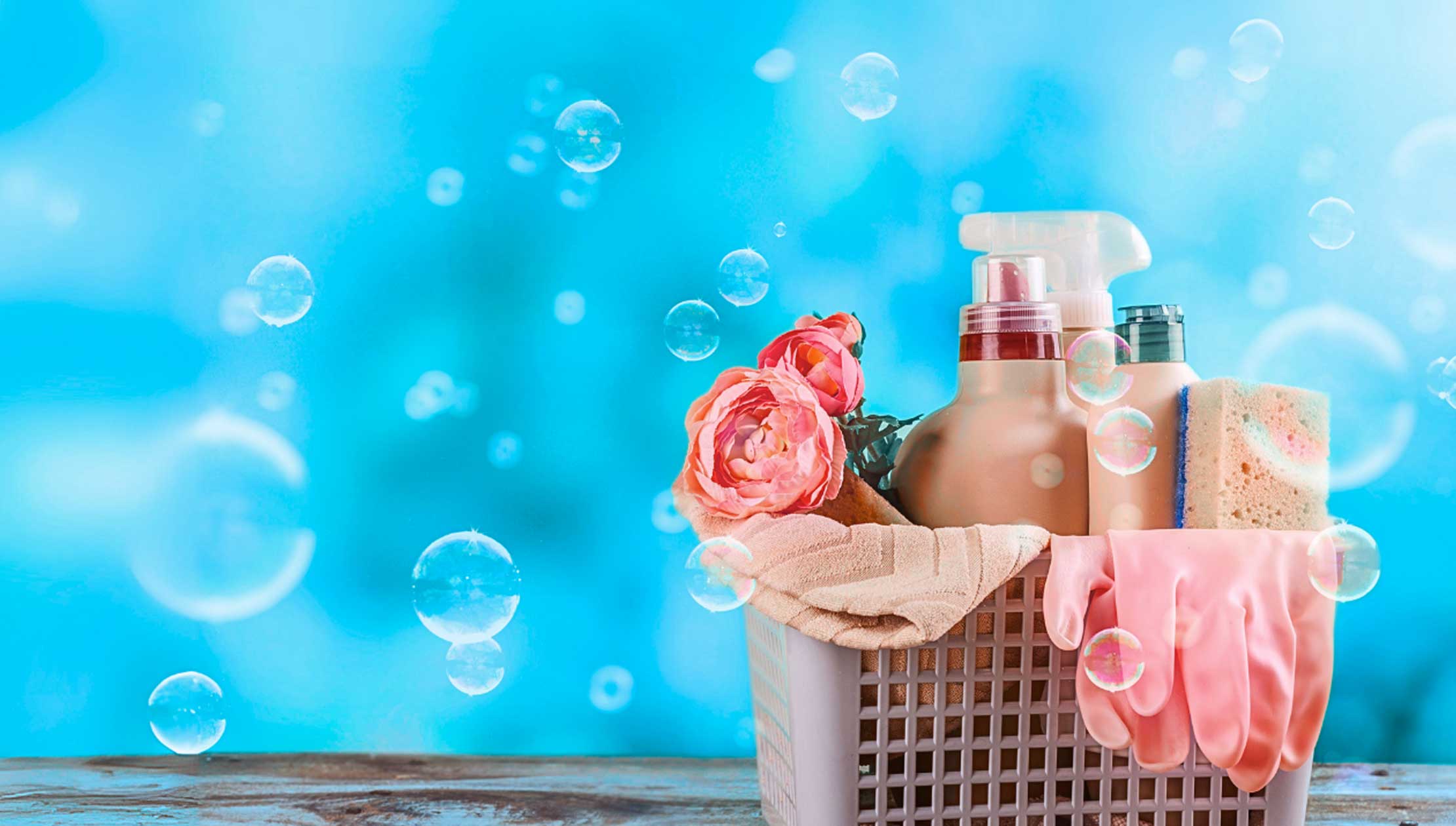Schools’ 7 Germ Hotspots to Watch Out For Now

Schools will inevitably be crowded as they reopen in 2022. Students, staff, and parents will be present throughout the day, interacting with each other. More importantly, interacting with objects.
Throughout the school, there are germ hotspots you can find. Some of them you may expect. Some of them you may not think about at first. Ignoring these areas can lead to increased spread of germs and harmful bacteria between students and staff. Disinfecting these frequently every day is key in preventing sickness this year.
Here’s our guide for killing germs at schools in these 7 hotspots!
1. School Bus Surfaces
Whether you’re on your way there or back, school buses can become a home for germs. Seats, poles, and windows all encounter hundreds of students each day. This can cause them to become breeding grounds for E. Coli, MRSA, and Staph Infection.
WHAT YOU SHOULD DO: Use a ULV fogger to disinfect an entire bus in minutes. Its non-toxic, sanitizing mist kills germs on any surface and can reach the deepest corners of a school bus thanks to its range of 5 meters.
2. Bathroom Surfaces (Faucets Especially!)
This isn’t a surprising one! Sink faucets or any other bathroom surfaces can become breeding grounds for germs, especially those coming from outside. With practically every student in the school touching them, disinfecting faucets between every use is a difficult but sound practice.
WHAT YOU SHOULD DO: Use disinfecting wipes and dispensers in your bathrooms. This way, with the addition of posted signs, students can help control the spread of germs by wiping down the faucet handles after every use. A no-touch method of retrieval from these dispensers allows for further prevention.
3. Cafeteria Tables
Eating areas can easily become germ hotspots in schools. Without proper cleanup between meals, rotten food or stains can linger over time, creating risks of harmful bacteria. Poor handwashing techniques contribute to this as well since a shocking 33% of people admit they don’t use soap when they wash their hands!
WHAT YOU SHOULD DO: Disinfecting wipes for the win again here! Our wipes’ solvent concentration allows for longer-lasting effectiveness which can help reduce waste when wiping down all the tables. Wipes are also ideal for reducing stains on hard surfaces as well as eradicating any unseen germs.
4. Desks
Another given! Multiple students often share workspaces across the day’s lessons. This can allow these surfaces to give a home to higher germ concentration and potential infection. A 2018 study even found that every square inch of desks contained 20,961 germs! That’s not even counting the keyboard.
WHAT YOU SHOULD DO: ULV Foggers are your best bet here too. With only a few minutes between classes each day, a quick but thorough disinfectant spray is the best option for killing germs on each desk. This ensures your classroom is ready for the next batch of students and that the risk of infection is greatly reduced.
5. Doorknobs and Door Handles
These should not be surprising as germ touchpoints. When going through any door, chances are most students and teachers will use the handle to open it. Door handles of any kind in schools can be a hotspot for harmful bacteria. Researchers proved that one sample of a virus on a doorknob had been picked up by 40 to 60 percent of workers and visitors in just one day!
WHAT YOU SHOULD DO: Wipes are the way to go for door handles! Provide easy access to disinfecting wipes and hand sanitizer dispensers at doorways. Wipes can kill germs on door handles, but sanitizers can often help keep them from ever being there!
6. Water Fountains
Due to their frequent use throughout the day, these should not shock you as a germ hotspot. The buttons for water fountains can become major colonies for germs and bacteria from students and staff. Studies have even shown that 97% of people don’t wash their hands correctly which can increase the number of germs collected there.
WHAT YOU SHOULD DO: Once again, wipes are the way! Wall-mounted or floor-standing dispensers are perfect to be placed next to any water fountain. Proper signage and instruction can help students remember to regularly wipe down the button after every use and reduce the spread of germs. Now schools can stay hydrated healthily!
7. Shared Toys
This is one you may not think about, but it can be a major transmitter of germs! If you have toys that students share daily, they can be easy gateways for infection from harmful bacteria.
WHAT YOU SHOULD DO: Proper handwashing and hand sanitization can greatly help prevent germ spread before kids are allowed to play with shared toys. Proper wipe-down between uses is a sound practice too!
CLOSING THOUGHTS:
As you’ve seen, germ hotspots will be prevalent when schools reopen. The disinfection solutions we’ve provided can greatly improve sanitation quality, but they won’t be enough on their own! Students need to know about these hotspots and how to prevent the spread of germs through them. It’s not just the teachers’ responsibility to know.
Make sure your school clearly identifies any spaces or objects that may carry and house germs. There’re several others we haven’t even touched on in this article. Also, ensure that disinfecting wipes and hand sanitizer are easily accessible throughout the school to your kids. This will allow for more convenience and less effort for students to have to spend to find what they require in terms of safety.
With all these tips, we wish you a safe semester!
Want access to more sanitizing solutions for schools?
Check out our website!
About admin
Latest Posts

Reduce Sick Days and Protect Your Team
The average employee takes 7.4 sick days/year in Canada, which costs businesses and organizations like yours over $16B in lost productivity....
The Insider Guide to Successfully Survive that Car Cleanout
Are you in need of a car deep cleaning, but unsure where to start? Don’t worry we’ve got you! Have...
